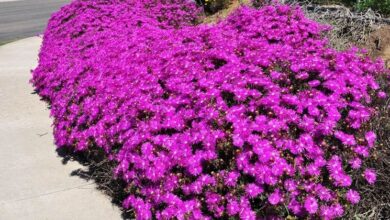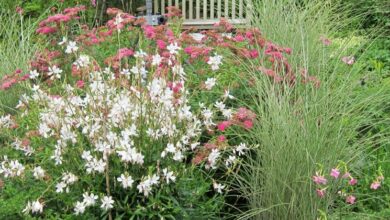Cotonaster
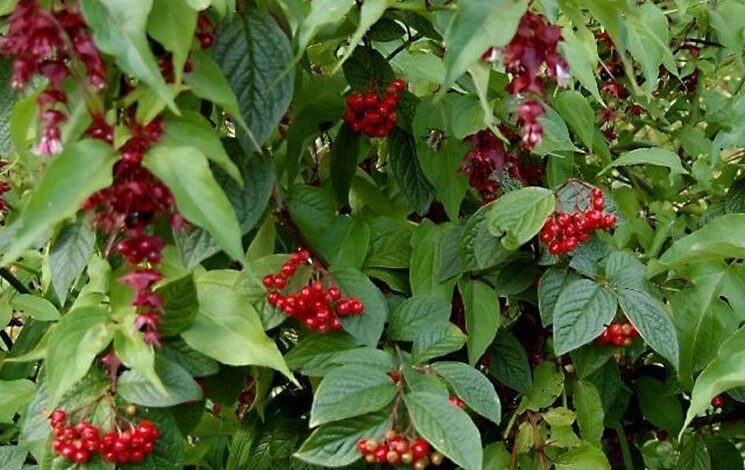
Main features of the cotonaster
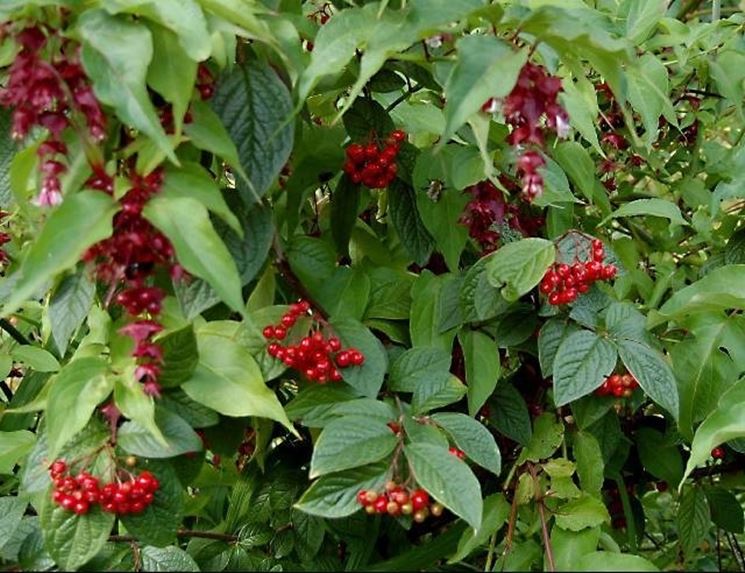
Cultivation of cotonaster plants
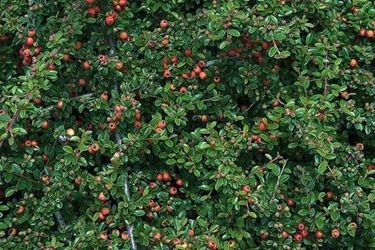
Almost all varieties of cotonaster are rustic and have a high resistance to temperatures below zero degrees Celsius. They can be planted in both acidic and more basic soils but particular attention must be paid to stagnant water. They adapt to any climatic condition and even if planted in soil poor in nutrients, they survive giving excellent fruiting. The cotonaster is the perfect plant to be placed on the balconies of houses located in urbanized centers because pollution has no effect on its health. It much prefers exposure to direct sunlight while full shade inhibits its proper development. Its root system is delicate so it does not like transplants.
Pruning and multiplication
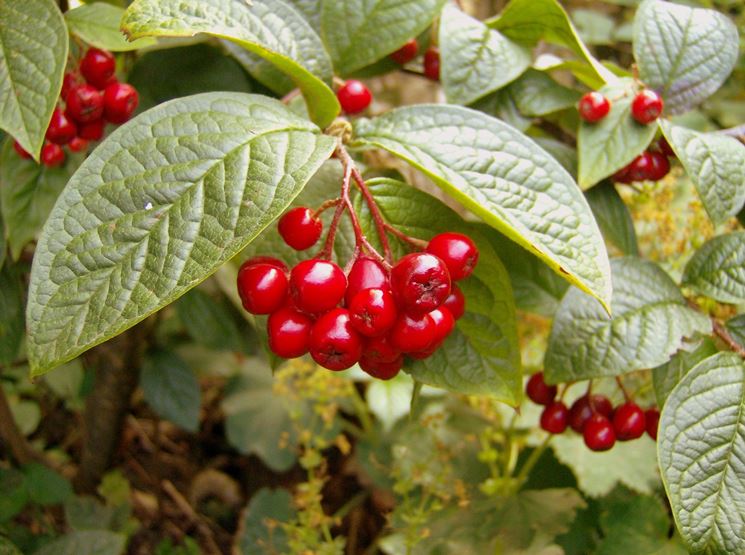
The cottonseed plant does not need frequent pruning. However, it is good practice to reduce branches that are too long to give the shrub a more elegant and less haggard shape. Furthermore, a plant that is too bulky tends to bear less fruit and over the years it could even stop producing the characteristic red berries. As for the multiplication, it must be done with the semi woody cuttings. They should be taken during the autumn season and immediately planted in small pots filled with a soil rich in nutrients and with excellent drainage. The offshoot technique can also be used by burying a branch after making at least a couple of incisions on the bark at the end of September.
Cotonaster: Typical pests and diseases
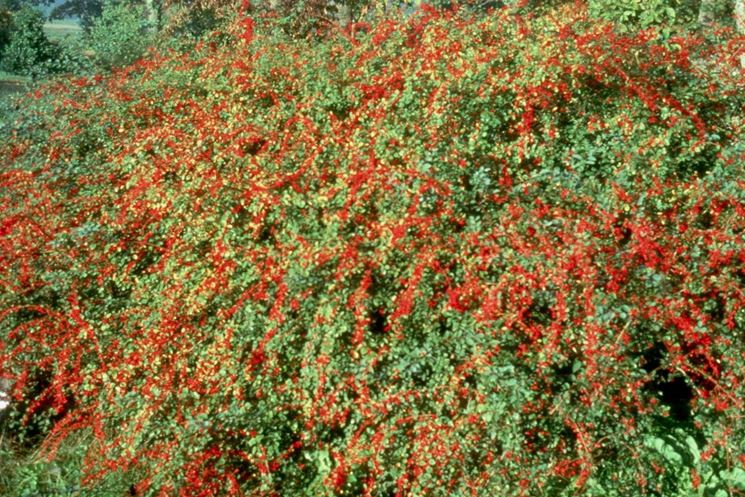
Fungal diseases as well as parasitic attacks do not seem to particularly affect this highly decorative plant. However, there is a very fearsome enemy that in a short time can destroy a plant already well rooted and with a few years of life behind it: the blight fire. It is a bacteriosis that affects most of the rosaceae especially in the area of Trentino Alto-Adige, Veneto and Emilia Romagna. It first manifests itself on the leaves with characteristic necrosis having a rectangular shape with the vertex in the direction of the small. the flowers turn black and the fruits, if present, gradually begin to wither. There is no cure for this disease but periodic courses of prophylaxis can be performed.

